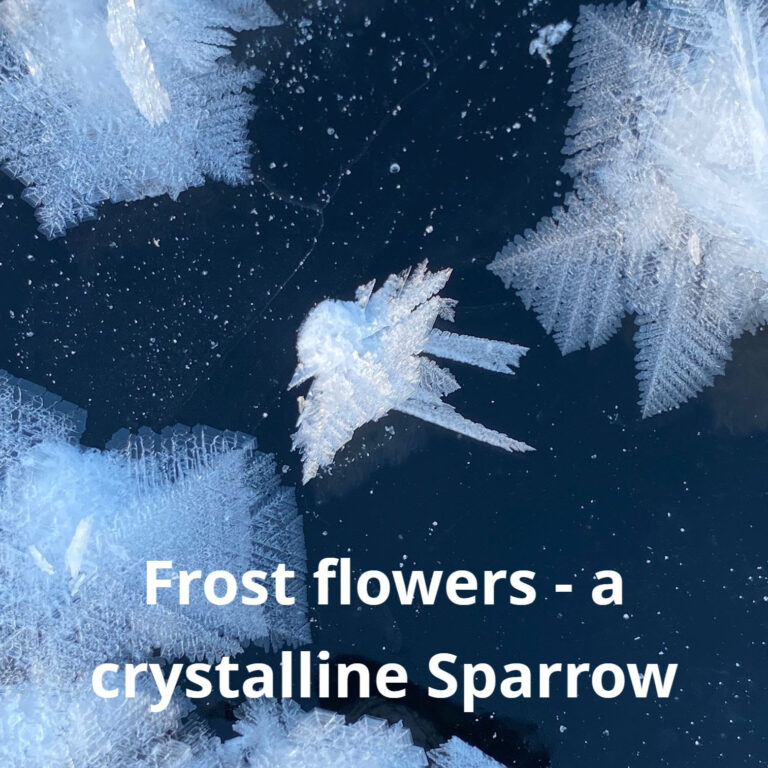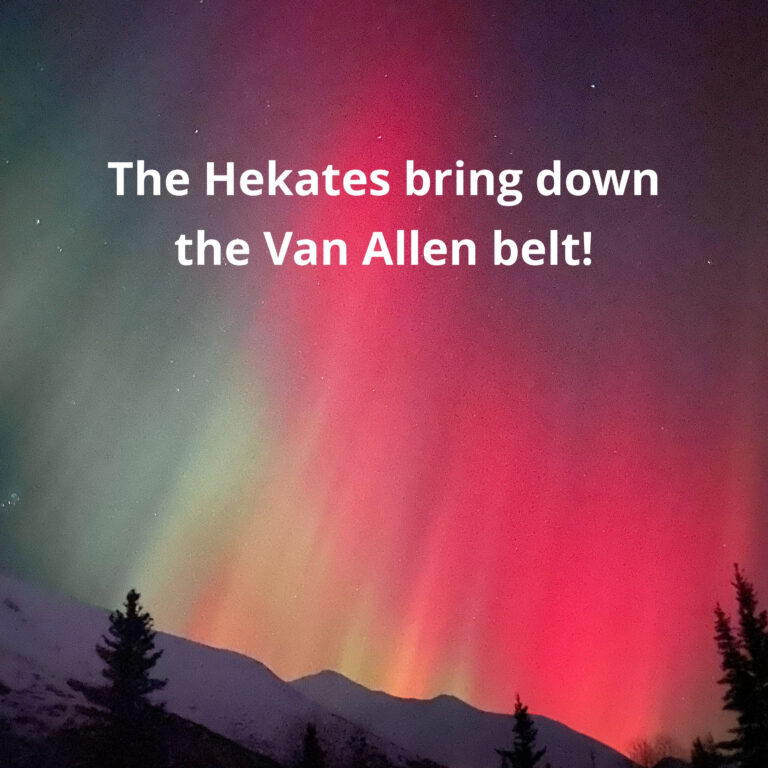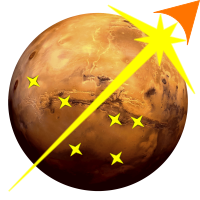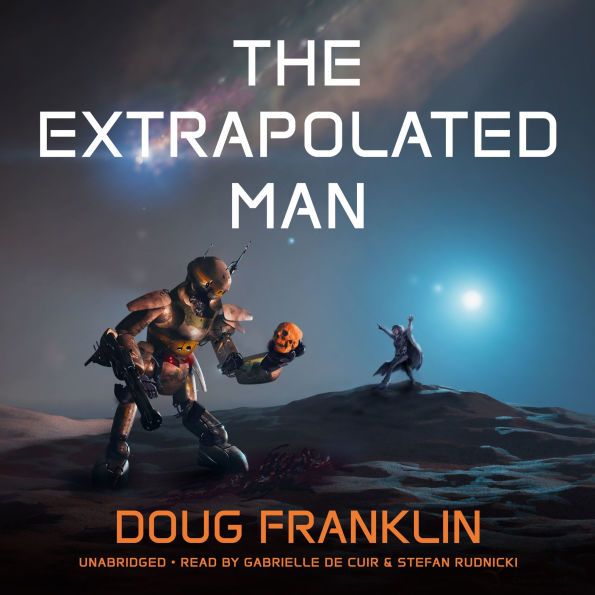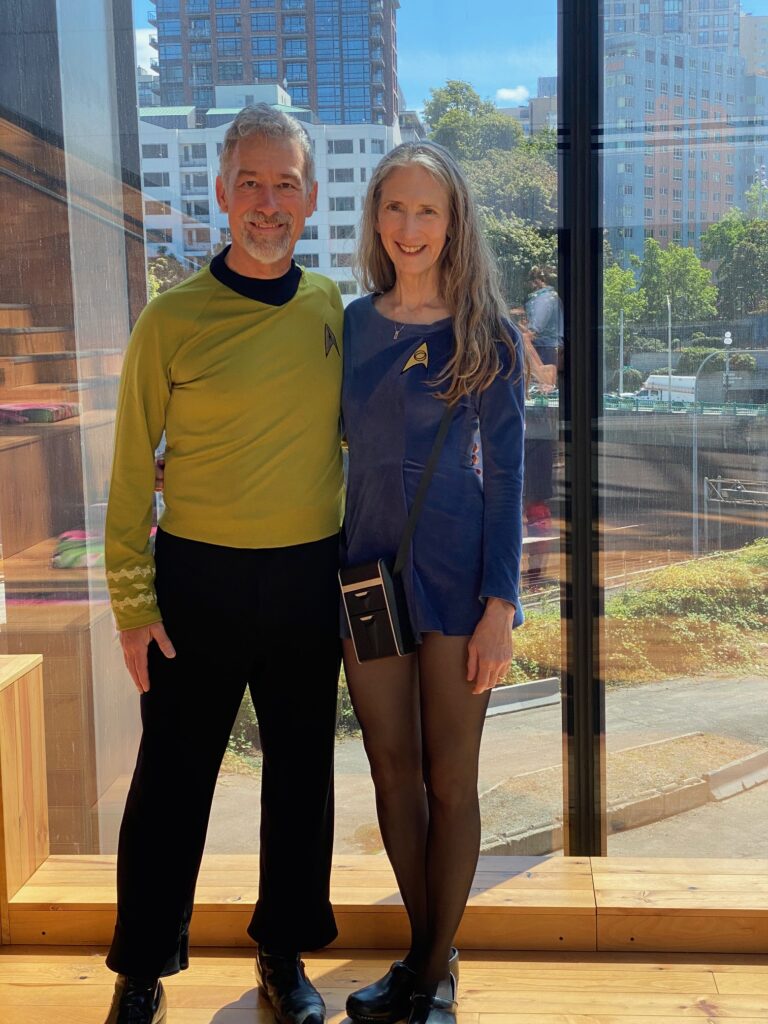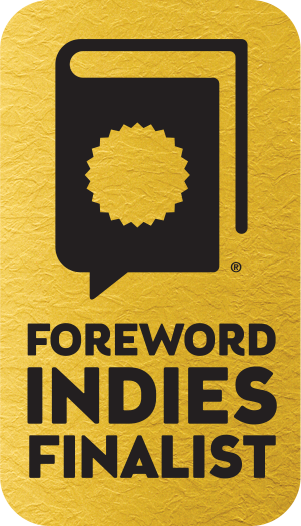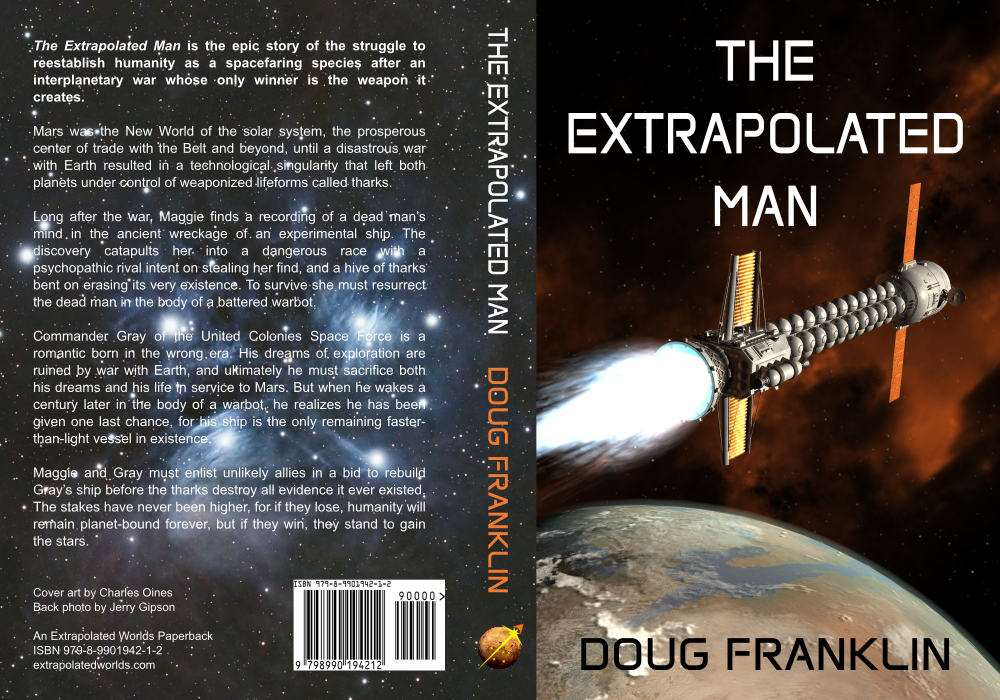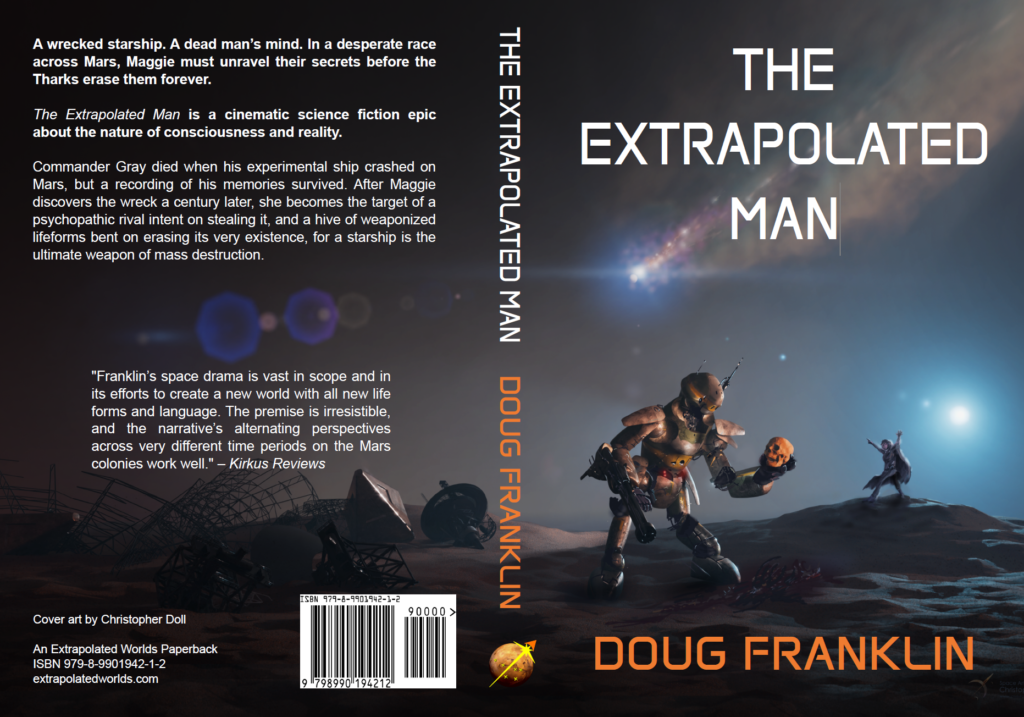Belated greetings from Worldcon 2025! Here’s my wife Joyce and I on the day we dressed up in Star Trek costumes. Those legs! Love my science officer.
We haven’t been to a science fiction convention since Boskone sometime in the eighties, when we were living in Boston and I was wrapping up my degree at MIT, long enough ago that I can’t really comment on how things have changed. About the only thing I remember from that long-ago event was the Orion slave girls from Star Trek who were not wearing much more than body paint. Not present at the 2025 Worldcon, alas, though there were certainly some amazing costumes (and also, some amazingly poor taste, but each to their own). My favorite was a woman in a full-on shiny silver spandex retro-futuristic spacesuit, complete with a custom backpack and a fully enclosed transparent bubble helmet. She could have walked right off the cover of an old-school pulp magazine.
Worldcon is where the Hugos are decided by fans, and it was very much a fan-oriented conference. There were multiple events to choose from every hour of every day, from panels about hard sci-fi topics like using Oort cloud objects to hitchhike between stars to how to craft costumes. (Plug for Joyce: she made her dress and my pants… the woman has skills!) It was impossible to go to all the things that caught my interest, so I focused on writer-oriented topics.
I was fortunate to get into limited-attendance “table talks” with several short-form editors. My favorites were Trevor Quachri and Emily Hockaday from Analog, who were simply delightful, and for whom I was a known quantity, as they’d bought a couple of my stories. My experience with other editors was “interesting,” as they say. My limited creds were of no import, and the message was that it’s a strict meritocracy. Which seems unlikely, based on my experience of the world, but it makes sense to walk that line when besieged by people trying to break into the market. And also, they get a truly boggling number of stories per edition – someplace between 100 to 1000 submissions per published story. Crazy. In any case, I did not manage to spark new business relationships. I’d probably have been better off to focus on fans – which makes sense, right? It’s a fan-oriented conference.
Another thing I noticed was that the crowd split into writers and other pros or semi-pros doing the hustle in their writerly garb, and fans. And if you presented as a fan, like by wearing a costume (oops!), you were automatically sorted into the ignore bin by the hustlers. No judgement here on my part – again, kind of makes sense. All grist for the mill. Next time I’ll probably do the Nebula conference, which is very much a professional focus. And should the opportunity for another Worldcon present itself (as in, I can couch surf, because big-city hotels are just way out of reach at the moment, because writing…) I’ll have a better handle on the dynamics.
Oh and final note, I read most of the Hugo entries, and perused the rest (peruse = they were so far out of my range of things I like to read that I would not ever read them In Real Life), and only one of my picks won: Ray Nayler’s “The Tusks of Extinction,” an excellent science fiction novella. The other winners were fantasies, which are not my cup of tea. And also not what I write, so… hmm. And there were some really good science fiction nominees! Which led to a lot of reflection on my part about market demographics and why people vote for certain things (genre preference, quality, whether or not the author – as opposed to their work – is perceived as deserving an award). None of which line up favorably for me, at the moment!
So to circle back to the start of this post, anybody up for some thinly-disguised Star Trek smut? I mean, romance? Romanscifi? I hear that’s hot…

